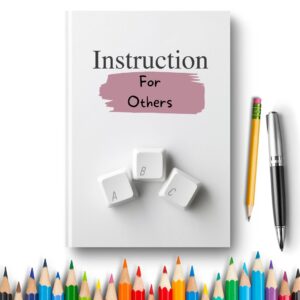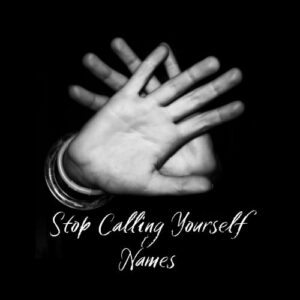Tense talks are not fun but often a necessary part of staying connected and invested in relationships that are important to us. It can be especially difficult when we don’t know how what to say, how to say it or how to keep things from devolving into conflict. That’s why I created this CHECK system of approaching hard talks.
Before entering any hard exchange, you want to be clear on whether your goal is connection or control. Most people say they want connection when the real motivation is control. It’s not that one is necessarily better or right, it’s more that one is more effective. When your intention is to control another’s thoughts, feelings or actions, the chances of you achieving that goal is pretty slim (and even when it does work in the moment, it’s hard to sustain). But if you want is to genuinely connect with a person you want to feel closer to, then the CHECK system can be a powerful tool in achieving that goal.
C = CONFIRMATION
The first step is to confirm what you hear the other person saying. Make an effort to use the same words the other person has used.
In this stage, you want to deliberately slow things down and take whatever time is needed to get on the same page.
When things are tense, we can feel threatened and this sets off an alarm in our Central Nervous System. Slowing things down to get confirmation of what you’re hearing is a way to send a message to your brain and body that this is not a dangerous situation.
You might start this step by saying, “Let me make sure I’m hearing you; you’re saying ….”
Don’t move on until there is agreement that what you’re hearing is consistent with what they’re saying.
H = HUMILITY
Find where they could be right.
This is probably the hardest because we have an instinctive desire to be right. We need to consciously override our righteous tendencies and deliberately consider where and how the other person could be right in where they are coming from. Even if they are 99% wrong, look for the 1% that could be right. Though challenging, this step is worth the effort because it’s the most powerful tool for creating connection and moving through hard conversation in a constructive way.
E = EMOTIONS
There are two parts to this step.
First, you take a guess at the names of the other persons feelings.
Here are some examples:
“I wonder if you might be feeling disappointed or discouraged?”
“It looks like you’re probably feeling frustrated or annoyed right now.”
“It would make sense if you’re feeling sad or hurt.”
Next you identify the names of your feelings and communicate them such as, “I feel upset and confused about what’s happening between us.”
C = CHECK IN
Remind yourself that the goal is not control, it’s connection. This step is about asking questions to see if there’s understanding. This doesn’t necessarily mean there’s agreement. We can stay connected and also disagree. So check in to see if you’re getting their thoughts and feelings.
Ask for clarification. See if you are getting what they are saying and feeling.
K = KINDNESS
Remind yourself that you’re responsible for how you show up no matter how the other person acts. Being kind to yourself and the other person will never steer you in the wrong direction. Before you enter into a hard conversation, it’s helpful to set an intention to maintain a kind and respectful stance. If you are in relationship with them, then there’s something about them you care about so say it out loud. Tell them that even though this is a tough moment, you appreciate certain things about them and you value the relationship. It can be hard to offer even basic kindness when caught in a negative spiral, so you need to be deliberate about this. Think of things ahead of time you can include in the conversation; things you admire, respect or appreciate about the other person.
These steps don’t have to be done in order or all of them in every conversation. Sometimes it just takes one or two to make it through the tensest moments. But having them in your back pocket will help make your hard conversations easier in both the short and the long run.
These steps are largely based on Dr. David Burns 5 Secrets of Communication. I use this approach in my work with individuals that want to improve their relationships and get closer to the people they care about. I don’t work with couple’s because I find that working with an individual of the couple can make the most effective change. As Marianne Williamson says, it only takes one sane person to create a good relationship. If you want to learn more about his powerful approach, I recommend Dr. Burns’ book Feeling Good Together.



